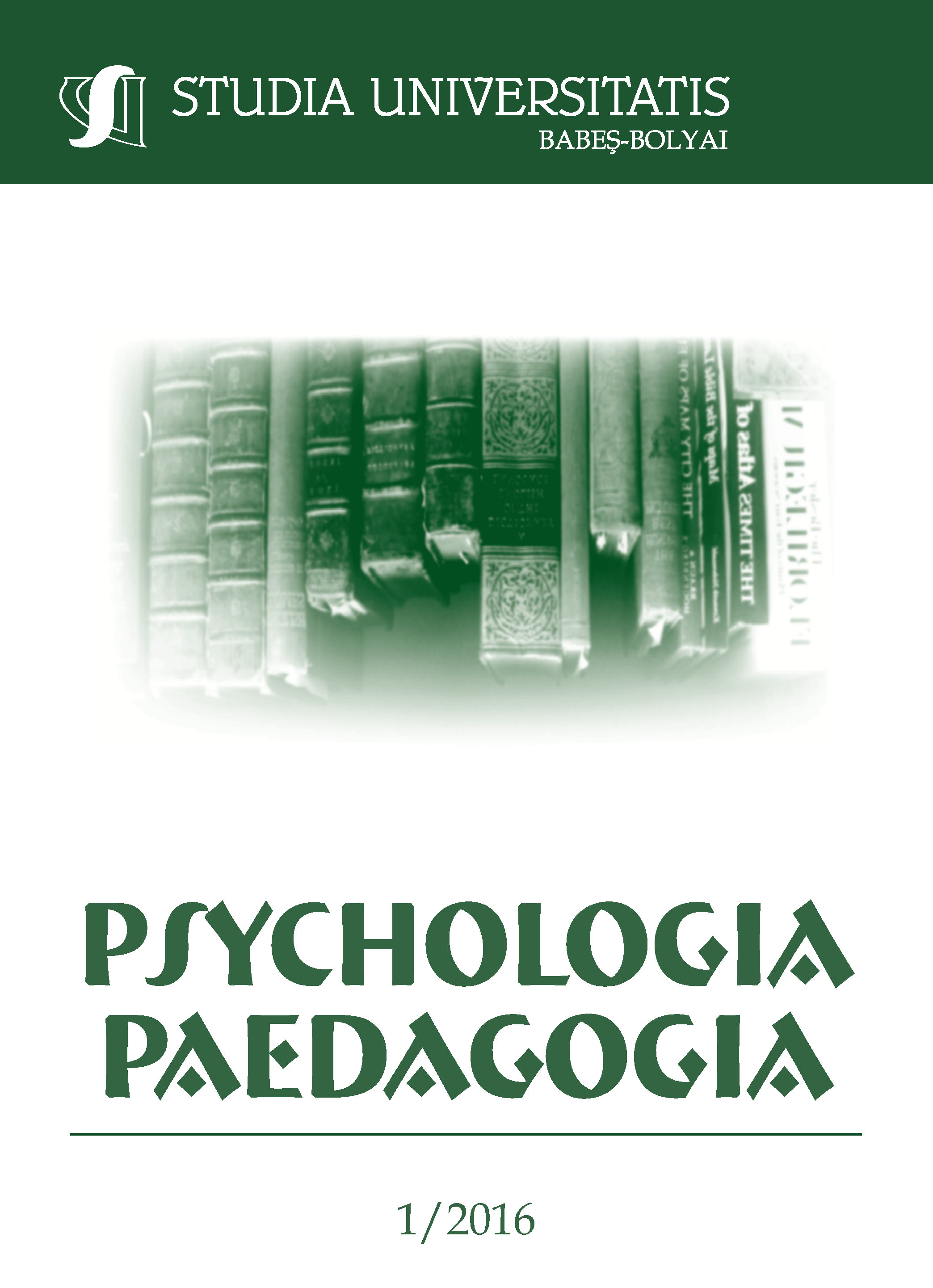DEVELOPMENT OF MOVEMENT ABILITIES
Keywords:
Intellectual disability, physical activity, Piaget, sensory integration.Abstract
This article reviews concepts related to the development of movement capabilities in general, and persons with intellectual disabilities in particular. Beyond Piaget’s theory of evolution and the theory that deals with sensory integration, a burden to illustrate them, the article will introduce some Studies Pertaining to the Connection between Intelligence and Physical Activity among individuals with intellectual disabilities.
ZUSAMMENFASSUNG. In diesem Artikel werden Konzepte im Zusammenhang mit der Entwicklung von Bewegungsmöglichkeiten im Allgemeinen und bei Menschen mit geistiger Behinderung im Besonderen analysiert. Jenseits von Piaget Evolutionstheorie und die Theorie, die sich mit sensorischen Integration beschäftigt, eine Last diese darzustellen, wird der Artikel einige Studien im Zusammenhang mit der Verbindung zwischen Intelligenz und körperliche Aktivität bei Personen mit geistiger Behinderung vorstellen.
Schlüsselwörter: Geistige Behinderung, körperliche Aktivität, Piaget, sensorische Integration
References
Ayers, A. J. (1972). Sensory Integration and the Child. Los Angeles: Western Psychological Services.
Ayers, J. (1991). Sensory Integration and Learning Disorders.Los Angeles: Western Psychological Services.
Almosani, Y. (2007). "Jumping the Stairs" – the influence of engaging in physical activity on improving the quality of life of youngsters with moderate and light mental disability. Issues in Special Education and Rehabilitation 22(1) pp. 19 – 40 (In Hebrew).
Almosni, Y; Raiter, S; Ben Sira, D. (2005). The Impact of Different Teaching Styles on Quality of life of Young People with Mild and Moderate mental retardation. Bitnua: Jurnal of Science Physical Education and Sport. 7 (3-4): 139-176.
Bar-Shalita, T.,Vatine, J.J., & Parush, S. (2008). Sensory Modulation Disorder: A Risk Factor for Participation in Daily Life Activities. Development Medicine and Child Neurology, 50(12), 932-937.
Bundy, A.C., Lanes, S.J., & Murray, E.A. (Eds.). (2002). Sensory Integration: Theory and Practice. Philadelphia: F. A. Davis.
Cuesta - Vergas, A. I., Paz - Lourido, B. P., Rodriguez, A. (2011). Physical fitness profile in adults with intellectual disabilities: differences between levels of sport practice. Research in Developmental Disabilities, 32, 788-794.
Cratty, B.J. (1984). Psychological Preparation and Athletic Excellence Movement Publications , New York.
Cratty, B.J. (1972). Physical Expressions of Intelligence. Prentice Hall, Englewood Cliffs, NJ.
Dunn, W. (2008). Living sensationally: Understanding your senses. London: Jessica-Kingsley Publisher.
Geobel, B.L.& Harris, E.L. (1980). Cognitive Stategy and Personality Across Age Levels. Percept. Motor Skills 50, 803-11.
Geron, E. (1996). Intelligence of Child and Adolescent Participants in Sports. In The Child and Adolescent Athlete (Vol. 6). Oxford: Blackwell Science Ltd.
Gorman, D.R, Zody, J.M., Rrown, B.S., Debrezze, R, & Edwards W.H. (1990). Multivariate Relationships of IQ with motor performance in children referred to a diagnostic motor development clinic. Clin, Kinesiol. 44, 107-10.
Hayakawa, K., Kobayashi, K. (2011). Physical and motor skill training for children with intellectual disabilities. Perceptual and Motor Skills 112, 2, 573-580.
Hotzler, Y. (2004). Psychological-Social Empowerment among persons with disabilities via physical activity. Motor Behavior: Psychological and Sociological Aspects. Jerusalem: Hebrew University: Magnes Publications (In Hebrew).
Hemayattalab, R., Movahedi, A. (2010). Effects of Different Variations of Mental and Physical Practice on Sport Skill Learning in Adolescents with Mental Retardation. Reaserch in Developmental Disabilities, 31, 81-86.
Isbell, C. (2011). Sensory Integration: A Guide for Personal Teachers. Kiryat- bialik- AH. (in Hebrew).
Lavian- Elul, N. Carmon, S. (2008). Senses and Meetings in Movement: Developing Movement Actions & Practical in Movement with Baby's and Children. Lior: Tel Aviv (Hebrew).
Piaget, J; Inhelder, B. (1972). The psychology of the Child. Tel- Aviv: Hapoalim. (in Hebrew).
Plibel, J.H. (1970). The Developmental Psychology of Jean Piaget. Tel- Aviv: Ozar Hamore (in Hebrew).
Reid G. (2003). Defining adapted physical activity. In: Steadward RD, Wheeler GD, Watkinson EJ, editors. Adapted physical activity. Edmonton (Canada): University of Alberta Press. p 11-25.
Reiter, S. (2002). Between Life competencies and the "skill of living". Issues in Special Education and Rehabilitation, 17 (2) pp. 17 – 36 (In Hebrew)
Schule K, Huber G. 2004. Essentials of sport therapy [Grundlagen der Sporttherapie]. 2nd ed. Munich: Elsevier: Urban, & Fischer.
Singer, R.N. (1968). Interrelationship of Physical Perceptual- motor and Academic Variables in Elementary School Children. Percept. Motor Skills 27 1323-32.
Waxman, S.R. (1991). Contemporary Approaches to Concept Development. Cog. Dev. 6, 105-18.
Winnick JP, editor. (2005). Adapted physical education and sport. 4th ed. Champaign (IL): Human Kinetics.
Online References
Hutzler, Y. (2012). Sports Adapted Physical Activity and Sport in Rehabilitation. International encyclopedia of rehabilitation. 181113
http://cirrie.buffalo.edu/encyclopedia/en/article/12/
Physical Education Curriculum 181113
Downloads
Published
How to Cite
Issue
Section
License
Copyright (c) 2016 Studia Universitatis Babeș-Bolyai Psychologia-Paedagogia

This work is licensed under a Creative Commons Attribution-NonCommercial-NoDerivatives 4.0 International License.





